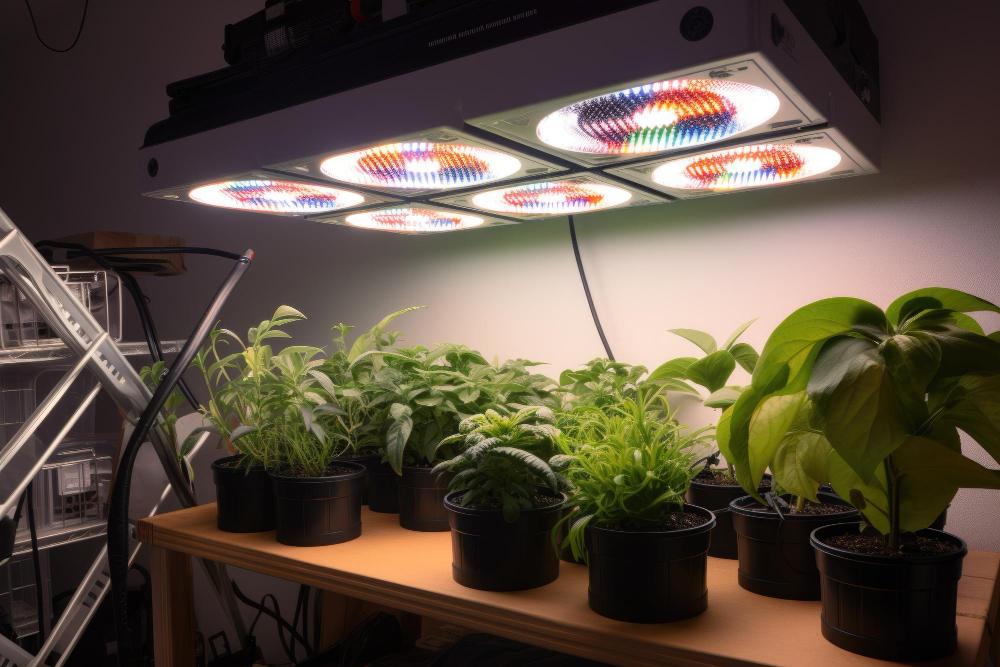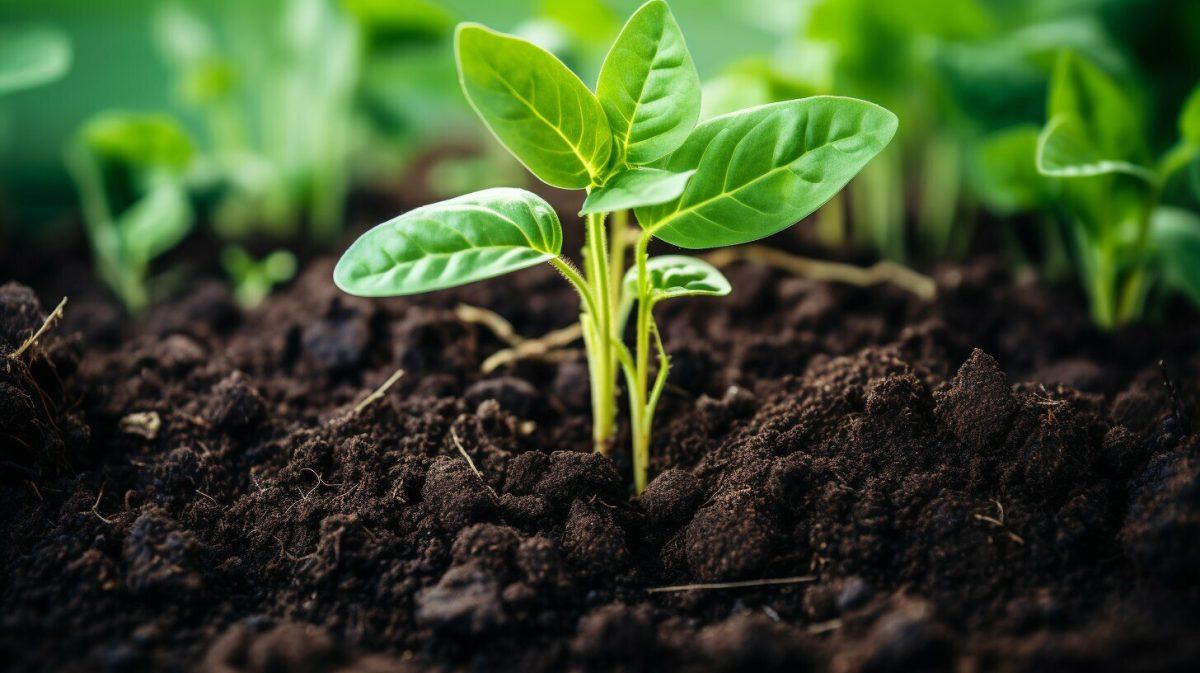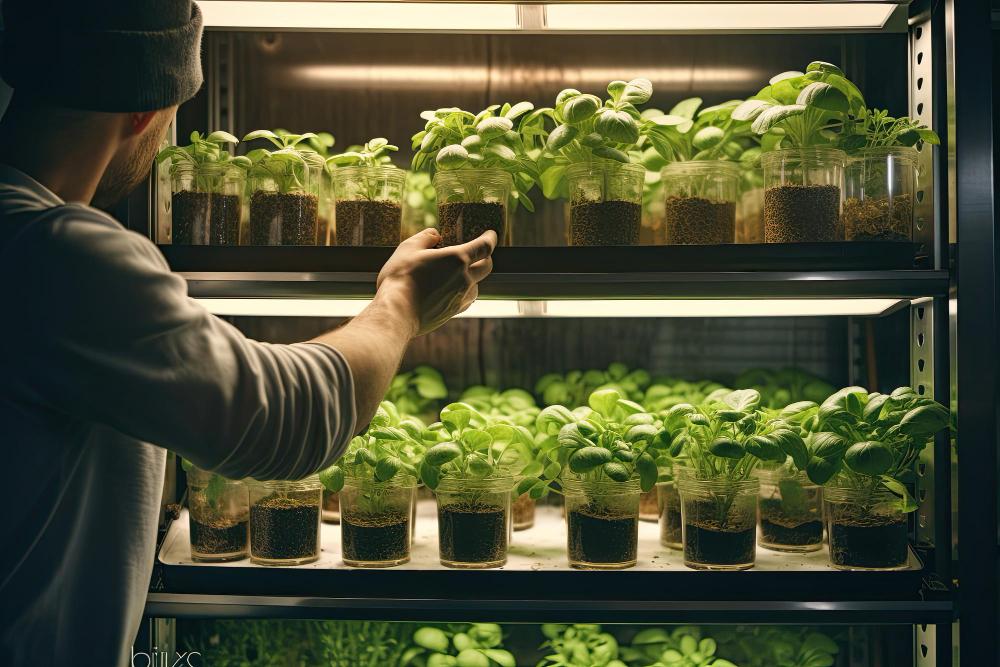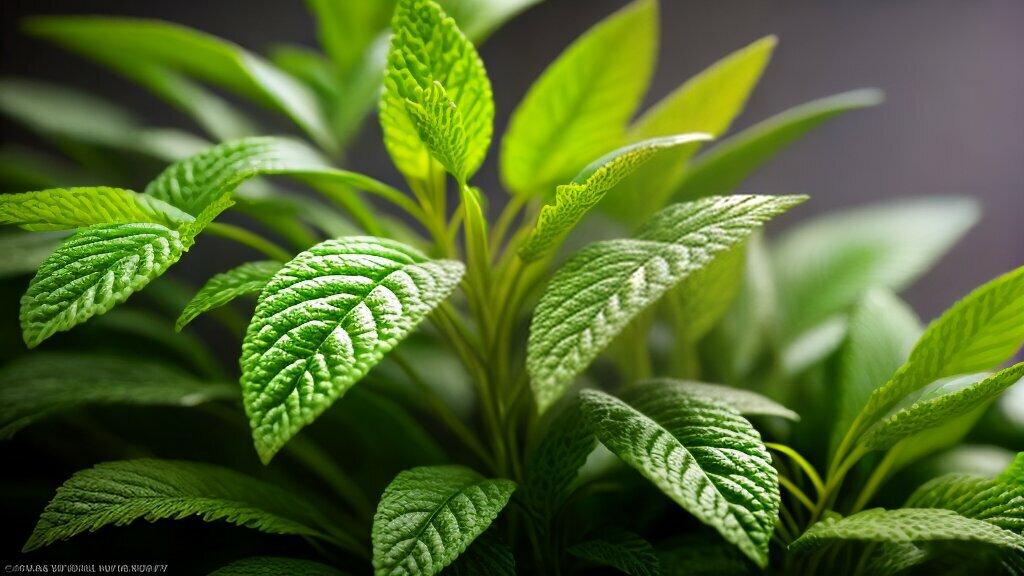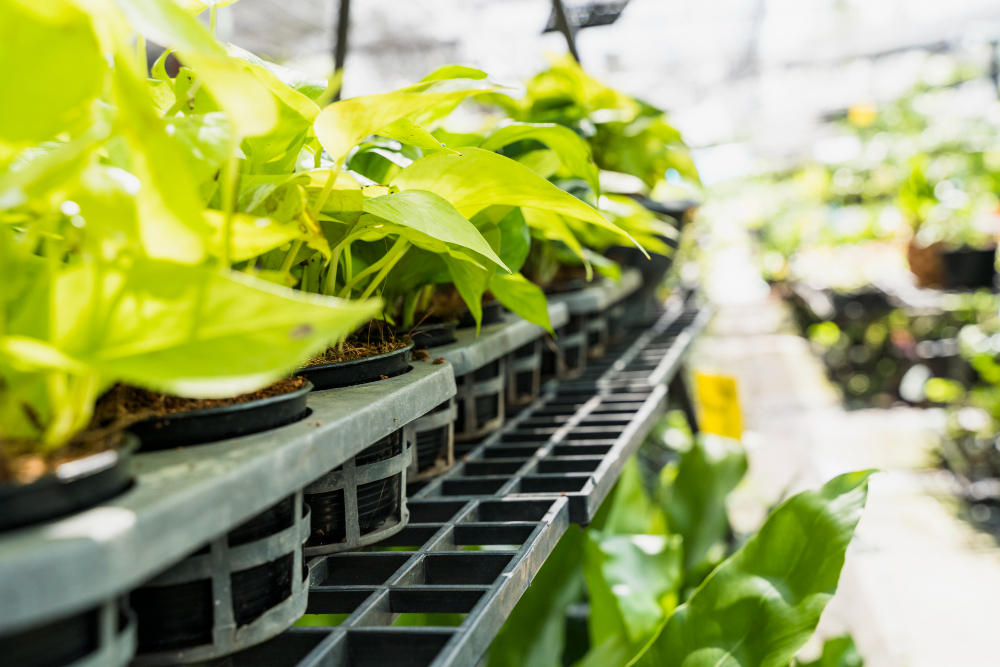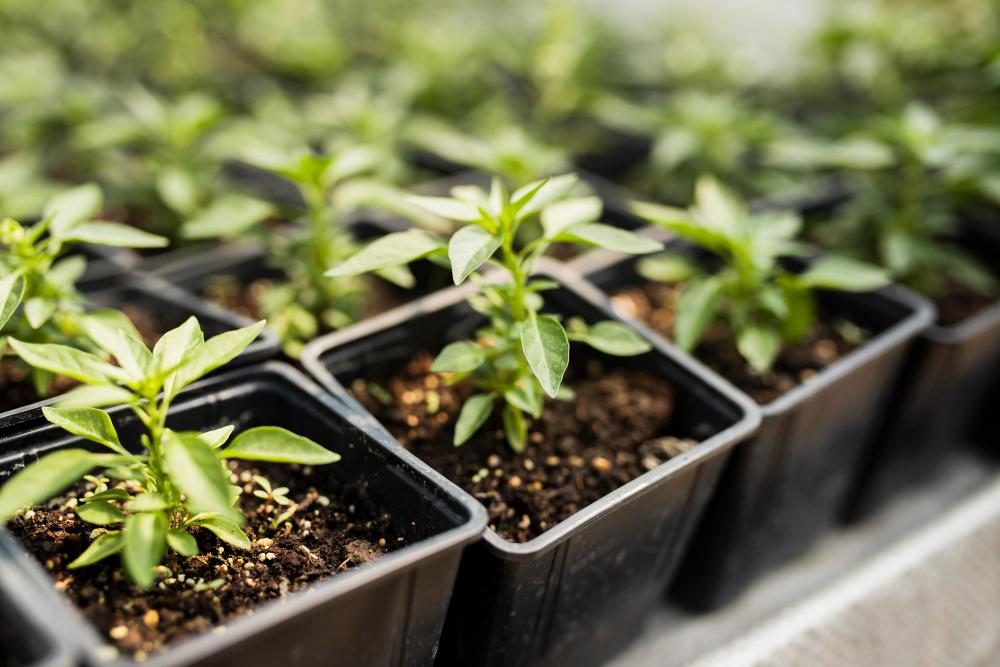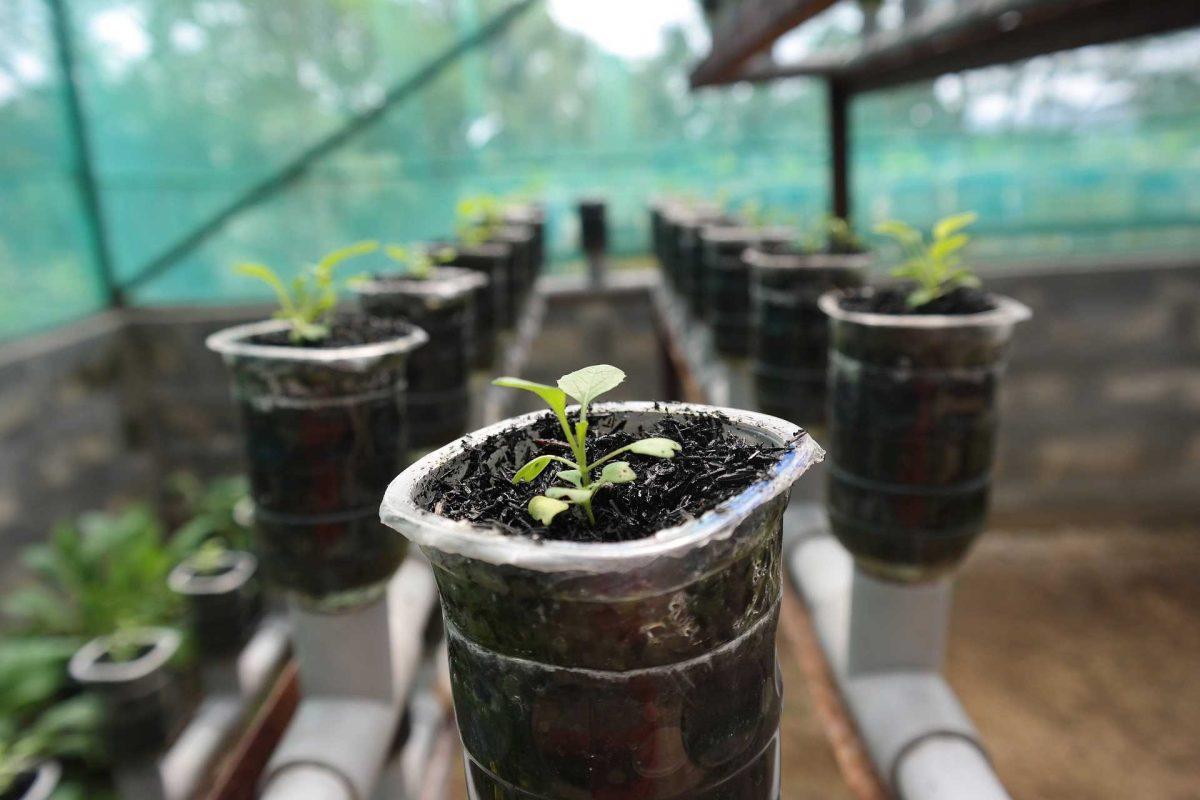Introduction
Welcome to our comprehensive guide on understanding light cycles in grow kits. As growers, we know that timing is everything when it comes to successful plant growth. That’s why it’s essential to have a solid understanding of the role of light cycles in promoting plant development and how to optimise them for the best results. In this guide, we will explore the science behind light cycles and how they impact plant growth in grow kits. So, let’s take a closer look at why timing is crucial for successful cultivation in grow kits.
Key Takeaways
- The timing of light cycles is critical to the growth and development of plants in grow kits.
- A solid understanding of the role of light in plant growth is essential to optimising light cycles for the best results.
- Proper timing of light exposure, duration, and intensity can significantly impact the quality and yield of plants grown in grow kits.
The Role of Light in Plant Growth
Light is an essential factor in the process of plant growth. It is the main source of energy for plants and plays a crucial role in photosynthesis, the process by which plants create their own food. During photosynthesis, light energy is absorbed by pigments called chlorophyll in the plant’s leaves. This energy is then converted into chemical energy, which is used to power the plant’s metabolic processes.
In addition to providing energy, light also controls a plant’s growth and development. Different wavelengths of light affect plant growth in different ways. For example, blue light is essential for the growth of leaves and stems, while red light is required for the development of flowers and fruit. By adjusting the light spectrum and photoperiod in grow kits, you can effectively control the growth and development of your plants.
Light Spectrum and Photoperiod in Grow Kits
Light is an essential element for plant growth, and different spectra have a varying effect on the process. In grow kits, it is crucial to choose the appropriate light spectrum that corresponds to the plant’s specific needs. Plants require different wavelengths of light at different growth stages, and it is important to adjust the spectrum to cater for different stages of growth. For instance, plants in the vegetative stage require more blue light, while plants in the flowering stage require more red light.
| Light Spectrum | Colour | Wavelength (nm) |
|---|---|---|
| Ultraviolet | Violet-blue | 100-380 |
| Blue | Blue-green | 380-500 |
| Green | Green-yellow | 500-600 |
| Yellow | Yellow-orange | 600-700 |
| Red | Red-orange | 700-780 |
| Far-red | Infrared | 780-1000 |
Photoperiod, or the length of time the plants are exposed to light, also plays a crucial role in plant growth, and it is important to adjust the photoperiod according to the stage of growth. During the vegetative stage, 18 to 24 hours of light exposure is ideal, while the flowering stage requires a 12-hour light, 12-hour dark period.
Regulating Light Spectrum and Photoperiod
It is important to note that the light spectrum and photoperiod are interdependent. The photoperiod affects the plant’s developmental stage, and the light spectrum affects the physiological processes in the plant. It is, therefore, crucial to find the right balance between the two to ensure optimal plant growth.
A grower can regulate light spectrum and photoperiod by using different types of grow lights, including LED, HPS, and CFL. Additionally, growers can use timers to control the length of light exposure and adjust the spectrum by changing the type of bulb or using filters.
Proper regulation of light spectrum and photoperiod in grow kits is crucial for successful plant growth. It is essential to match the spectrum to the plant’s needs and adjust the photoperiod according to the growth stage. With the right balance between spectrum and photoperiod, growers can produce healthy and robust plants in their grow kits.
Understanding Plant Physiology and Light Intensity
Light intensity is a crucial factor in plant growth, and it directly impacts various aspects of plant physiology. As plants absorb light, they undergo a range of physiological changes that lead to photosynthesis and other basic plant functions. Additionally, light plays a vital role in determining how plants grow and develop.
When it comes to grow kits, understanding the relationship between plant physiology and light intensity is key to achieving optimal growth. As a general rule, plants require varying levels of light intensity throughout different stages of growth. For instance, some plants require high-intensity light during the vegetative stage, while others require a lower intensity during flowering.
However, it is not just a matter of the intensity of light that affects plant growth. The duration of light exposure is another important factor that can influence the physiology of plants grown in grow kits. Depending on the type of plant being grown, the intensity and duration of light required will vary.
Therefore, it is essential to monitor and regulate light intensity carefully and have a proper understanding of plant physiology to ensure optimal growth and development in grow kits. By adjusting the light intensity to match the needs of the specific plants grown, growers can help maximise each plant’s yield and quality.
Cultivation Techniques for Controlled Environment
In a controlled environment like grow kits, there are various cultivation techniques that can be employed to enhance plant growth exponentially. Here are some techniques to consider:
- Hydroponics: This is a soil-free cultivation technique where plants grow in a nutrient-rich solution that is constantly recirculated, ensuring optimal nutrition. It is an efficient way of growing plants as it allows for precise control of nutrients and pH levels.
- Aeroponics: This is another soil-free cultivation technique that involves suspending plants in the air and misting them with nutrient-rich water. It delivers higher oxygen levels to the roots, enabling faster and more robust growth.
- Vertical farming: This technique involves stacking layers of plants vertically to maximise space and optimise light exposure. It is an efficient way of growing large quantities of plants in a small area, making it ideal for urban settings with limited space.
- Light-emitting diodes (LEDs): LEDs are a popular choice for providing supplemental light to plants in grow kits. They can be tailored to emit specific wavelengths of light for different stages of plant growth, ensuring optimal photosynthesis. They are also energy-efficient and long-lasting.
Using these techniques, you can efficiently manage your grow kits to achieve optimal plant growth and development. Consider experimenting with different techniques to determine the best fit for your specific types of plants and growing conditions.
The Impact of Light Duration on Plant Health
Proper light duration is crucial for plant health and growth. Too little or too much light can lead to stunted growth or even plant death. In grow kits, it is important to regulate and provide the appropriate light duration for different stages of plant development.
The Importance of Darkness
While light is important for plant growth, it is equally important to provide adequate periods of darkness. Darkness allows plants to rest and recover from the energy used during the daylight hours. In nature, the amount of darkness plants receive helps to trigger the timing of various biological processes such as flowering. In grow kits, it is recommended to provide at least 6-8 hours of continuous darkness per day for optimal plant health.
Regulating Light Duration in Grow Kits
Grow kits can be equipped with timers to regulate the light duration required for various stages of plant growth. Seedlings require less light than mature plants, and the amount of light required by plants can vary depending on the species. Generally, seedlings require around 16-18 hours of light per day, while mature plants require 12-16 hours of light.
It is important to monitor the light duration carefully and adjust it as necessary. Providing too little light can result in weak, spindly plants, while too much light can lead to heat stress and sunburn. In addition, providing a consistent light schedule can help to reduce stress on plants and promote healthy growth.
The Role of Light Schedules in Grow Kits
Implementing proper light schedules in grow kits is essential to support different stages of plant growth. By adjusting the duration and intensity of light exposure, we can regulate the growth rate and promote healthy plant development.
During the vegetative stage, plants require at least 18 hours of light per day to grow strong and healthy. This is the time when plants focus on growing leaves and stems. As they move into the flowering stage, the duration of light exposure should be reduced to 12 hours per day, and the light spectrum should be shifted towards red to encourage flowering.
It’s important to keep in mind that plants need a period of darkness to rest and recharge. Therefore, it’s crucial to maintain a consistent light schedule, with the same number of hours of light and darkness each day. Inconsistent light schedules can lead to stress, which can affect plant growth and development.
Growers can use timers to automate the light schedules in grow kits. Timers are easy to use and can be programmed to turn the lights on and off at specific times, providing a consistent light schedule for the plants.
Moreover, it’s crucial to keep light distance in mind while setting up the grow kit. Different types of plants require different light intensities, and the distance between the light source and the plants can affect the light intensity. Therefore, it’s essential to adjust the distance between the light source and the plants based on their light requirements.
By understanding the role of light schedules in grow kits, growers can ensure that their plants receive the necessary light exposure for optimal growth and development.
Optimising Light Exposure for Plant Development
Proper light exposure is vital in promoting healthy plant development in grow kits. The ideal light intensity and duration depend on the plant species being grown and the growth stage it is in. As plants grow taller, they require higher light intensities to support their growth. Similarly, the duration of light exposure must be adjusted based on the growth stage of the plant.
A plant’s response to light is dependent on the quality and quantity of light received. Blue-light exposure is essential for green, leafy growth while red-light exposure is required for flowering and fruiting. Grow kits should be equipped with lights that emit different spectrums of light to cater to the specific needs of the plants being grown.
It’s also essential to ensure consistent light exposure throughout the day to avoid stress and shock to the plants. A sudden shift in light exposure can lead to stunted growth, yellowing of leaves and other negative effects. Therefore, maintaining a consistent light schedule is necessary to ensure proper plant development.
Plants in grow kits must also be regularly monitored for signs of light stress. If the light intensity is too high, the leaves may turn yellow, and the plant may wilt. Conversely, if the light intensity is too low, the plant may become lanky and stretched out, with pale leaves. Adjusting the light intensity can help to rectify these issues and promote healthy plant growth.
Overall, optimising light exposure in grow kits requires maintaining consistent light schedules, adjusting the light intensity according to the growth stage of the plant, and providing the appropriate spectrum of light. By ensuring that plants receive the right amount and quality of light, they can grow optimally and produce high yields of healthy, vibrant produce.
The Science Behind Photoperiodicity
Photoperiodicity is the response of plants to changes in light duration. It is the reason why some plants only flower during certain seasons and why others can grow year-round.
The science behind photoperiodicity lies in the way plants sense changes in light duration. This is done through special proteins called photoreceptors which are found in plant cells. There are two main photoreceptors involved in photoperiodicity – phytochromes and cryptochromes.
Phytochromes are sensitive to red and far-red light and are responsible for detecting changes in day length. When the day length is short, phytochromes trigger the plant to start preparing for reproduction. When the day length is long, phytochromes signal the plant to focus on vegetative growth.
Cryptochromes are sensitive to blue light and are responsible for synchronising the plant’s internal clock with the day/night cycle. This helps the plant to anticipate when it will be exposed to light and adjust its physiological processes accordingly.
The interaction between phytochromes and cryptochromes allows plants to respond to changes in light duration and adjust their growth patterns accordingly. This sensitivity to light duration is what allows plants to adapt to changing seasons and environments.
In grow kits, it is important to understand the science behind photoperiodicity in order to optimise plant growth. By manipulating light duration and intensity, growers can control the photoperiodic response of their plants and achieve optimal growth and yield.
Promoting Optimal Growth with Plant Nutrition in Grow Kits
When it comes to achieving optimal plant growth in grow kits, proper plant nutrition is key. While proper lighting and timing are crucial, providing plants with the right balance of nutrients is equally important in ensuring healthy growth and development.
At every stage of a plant’s growth cycle, it requires different types and amounts of nutrients to thrive. In grow kits, it’s essential to provide plants with the right combination of fertilisers, minerals, and supplements to encourage robust growth.
To promote optimal growth, we recommend using a high-quality grow kit that includes a variety of nutrients tailored to different stages of plant development. Additionally, it’s important to supplement the plants’ diet with organic fertilisers and other nutrient boosters throughout their growth cycle.
One essential nutrient for plant growth is nitrogen. It’s critical for the development of leaves, stems, and other vegetative tissues. Phosphorus is also essential for root development and flower formation, while potassium helps plants fight disease and stress while also promoting overall plant health.
Other vital micronutrients include calcium, magnesium, iron, and zinc, which help plants develop strong cell walls, chlorophyll production, and protein synthesis. Including these nutrients in the right quantities will ensure that your plants are not only healthy but also grow to their full potential.
It’s worth noting that overfeeding your plants can be just as harmful as underfeeding them. Pay close attention to the instructions on your fertilisers and supplements, and always measure them correctly according to the recommended dosages.
In conclusion, proper nutrition is one of the essential factors in promoting optimal plant growth in grow kits. By providing plants with the right balance of nutrients at every stage of their growth cycle, you can help them thrive and produce healthy, vibrant crops.
Understanding Light-Dependent Reactions in Plant Biology
Plants require light for the process of photosynthesis, but how does light actually affect plant growth and development? The answer lies in the light-dependent reactions that occur within plant biology.
During photosynthesis, light energy is absorbed by pigments such as chlorophyll, which convert it into chemical energy that can be used by the plant. This energy is used to power a series of reactions that convert carbon dioxide and water into glucose and oxygen.
These light-dependent reactions involve the splitting of water molecules into oxygen and hydrogen ions, which are then used to create a proton gradient that powers the production of ATP, the molecule that stores energy within cells. The production of ATP drives the conversion of carbon dioxide into glucose, which is essential for plant growth and development.
However, the process of photosynthesis can be negatively impacted if plants are exposed to too much or too little light. Too much light can cause damage to the photosynthetic machinery, while too little light can result in decreased rates of photosynthesis and stunted growth.
In grow kits, it is important to provide plants with the correct amount and duration of light to support their growth and development. By understanding the science behind light-dependent reactions in plant biology, we can ensure that our grow kits are optimized for plant growth and success.
Managing Growth Stages with Grow Kits
Grow kits are an excellent option for managing different growth stages of plants effectively. By controlling light cycles and adjusting other environmental factors, we can encourage plants to thrive and develop optimally, ensuring healthy and hearty harvests.
The vegetative stage typically requires a longer light cycle, often lasting for up to 18 hours a day. During this time, plants should receive sufficient light to encourage leaf growth, but not so much that they become stressed or overexposed.
| Light Spectrums | Photoperiods |
|---|---|
| In the vegetative stage, plants require blue and green spectrums to encourage leaf growth and support healthy roots. | The photoperiod during this stage should be between 16-18 hours of light each day, giving plants ample time to grow and develop. |
As plants transition into the flowering stage, light cycles and spectrums must be adjusted to support the growth of buds and flowers. During this time, plants require additional red and orange spectrums to encourage the production of fruits and flowers.
| Light Spectrums | Photoperiods |
|---|---|
| In the flowering stage, plants require spectrums of red and orange light to support bud and flower growth. | The photoperiod during this stage should be adjusted to around 12 hours of light and 12 hours of darkness each day, mimicking the natural light cycle of the sun during the fall season. |
By adjusting light cycles and spectrums in grow kits, we can effectively manage plant growth stages and promote optimal plant development for a bountiful harvest.
Conclusion
As we have seen, light cycles and proper timing are crucial for achieving successful plant growth in grow kits. Understanding the role of light in plant growth, the different light spectrums and photoperiods required for optimal development, and the impact of light duration on plant health are all key factors in cultivating healthy plants.
In addition, managing different growth stages with grow kits, optimising light exposure, and providing proper plant nutrition can further enhance plant growth and development. By implementing proper cultivation techniques in a controlled environment, we can ensure that our plants receive the right amount of light, at the right time, to achieve their full potential.
Remember the Science Behind it All
It’s important to remember the science behind photoperiodicity and light-dependent reactions in plant biology. By understanding how plants sense and respond to changes in light duration, we can make informed decisions about plant care and create optimal growing conditions.
Overall, by paying close attention to these important factors and implementing best practices in grow kit cultivation, we can achieve healthy and thriving plants that will bring joy and beauty to our homes and gardens.
FAQ
Q: What are light cycles and why are they important in grow kits?
A: Light cycles refer to the duration and timing of light exposure that plants receive in a grow kit. They are crucial for plant growth and development as they regulate various physiological processes.
Q: What is the role of light in plant growth?
A: Light is essential for photosynthesis, the process by which plants convert light energy into chemical energy, enabling them to produce food and grow. It also influences factors such as leaf size, stem elongation, and flowering.
Q: How does light spectrum and photoperiod affect plant growth in grow kits?
A: Different light spectrums and photoperiods have varying effects on plant growth and development. The appropriate spectrum and duration of light exposure are crucial for optimal plant performance in grow kits.
Q: How does light intensity impact plant physiology in grow kits?
A: Light intensity affects plant physiology by influencing factors such as leaf size, chlorophyll production, and photosynthetic rates. Adjusting light intensity in grow kits is important for promoting healthy plant growth.
Q: What cultivation techniques can be used in a controlled environment like grow kits?
A: Various cultivation techniques, such as hydroponics and aeroponics, can be employed in a controlled environment like grow kits to maximise plant growth. These techniques provide precise control over essential factors like light, water, and nutrients.
Q: How does light duration impact plant health in grow kits?
A: Light duration plays a significant role in plant health. Inadequate or excessive light duration can lead to issues such as stunted growth, nutrient deficiencies, or abnormal flowering. Regulating light duration in grow kits is crucial for maintaining plant health.
Q: Why are proper light schedules important in grow kits?
A: Implementing proper light schedules in grow kits is crucial as plants have different light requirements during specific growth stages. Providing the right light conditions at the right time supports optimal plant growth and development.
Q: How can light exposure be optimised for plant development in grow kits?
A: Optimising light exposure involves ensuring the right intensity, spectrum, and duration of light for plants in grow kits. Adjusting these factors based on the specific plant’s requirements promotes healthy growth and development.
Q: What is the science behind photoperiodicity in plants?
A: Photoperiodicity refers to the ability of plants to sense and respond to changes in light duration. It involves complex physiological and molecular processes that determine plant behaviors like flowering and dormancy.
Q: How does plant nutrition contribute to optimal growth in grow kits?
A: Plant nutrition is vital for optimal growth in plants grown in grow kits. Providing balanced nutrients, such as nitrogen, phosphorus, and potassium, ensures that plants have the necessary elements for healthy development.
Q: What are light-dependent reactions in plant biology and their significance?
A: Light-dependent reactions are the initial steps of photosynthesis that capture and convert light energy into chemical energy. They are essential for the production of ATP and NADPH, which are used in the subsequent steps of photosynthesis.
Q: How can grow kits be used to manage different growth stages of plants effectively?
A: Grow kits provide a controlled environment that allows growers to manage different growth stages of plants effectively. By adjusting factors such as light cycles, temperature, and nutrient levels, growers can optimise plant growth and development.

